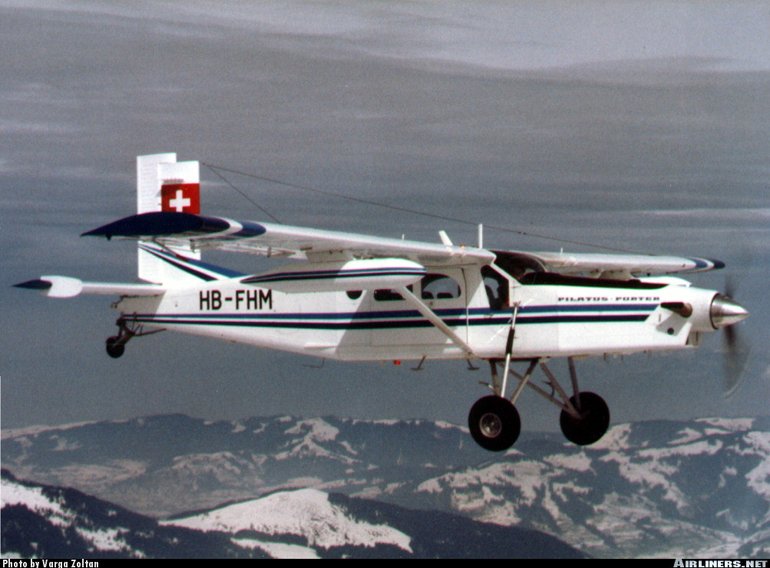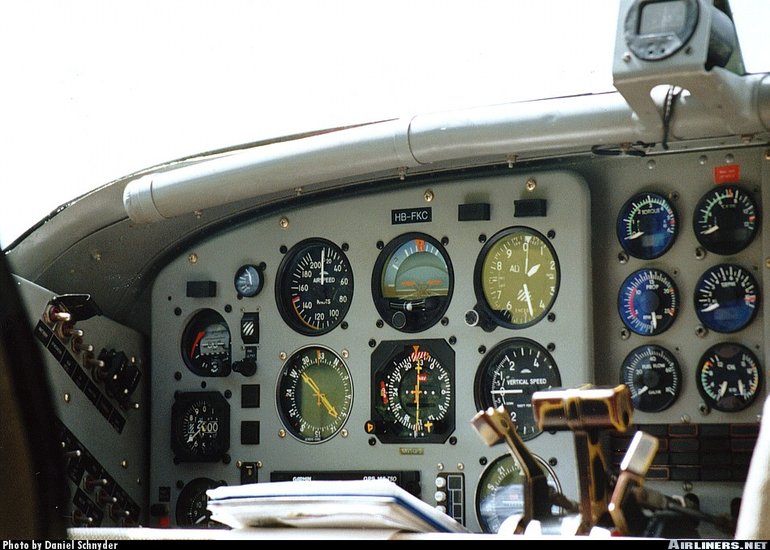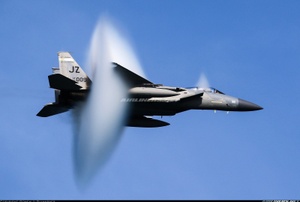Pilatus PC6 Porter & Turbo Porter
Details
Country of Origin
Switzerland
Type
STOL utility transport
History
The Pilatus Porter and Turbo Porter STOL utilities are renowned for their exceptional STOL performance and low speed handling and have sold strongly on the strength of their performance.
The high wing taildragger Porter was designed to perform a range of utility roles, and flew for the first time on May 4 1959. The first production aircraft built were delivered from 1960 and were powered by a six cylinder GSO480 piston engine, but it was not long after that a turboprop powered development flew.
The first PC6/A Turbo Porter flew in May 1961, powered by a 390kW (523shp) Turboméca Astazou II turboprop. The majority of PC6s are PC6/Bs, powered by the Pratt & Whitney Canada PT6A. PC6/Cs were powered by a 310kW (575shp) AiResearch TPE331, and were first delivered in 1965.
Smaller numbers of piston powered Porters have been built with Lycoming GSO480s and IGO540s in parallel with Turbo Porters.
The PC6/B was first delivered from 1964 and remains in production today. Initial models were powered by the 410kW (550shp) PT6A6 or 20. The PC6/B2H2 was first flown in 1970 and introduced the PT6A27 and an increased maximum takeoff weight.
Current Porter production is of the PC6/B2H4 with a further increase in max takeoff weight, larger dorsal fin fillet, revised wingtips, strengthened airframe structure and improved undercarriage.
Powerplants
PC6H2 - One 255kW (340hp) Lycoming GSO480B1A6 geared and supercharged six cylinder piston engine driving a three blade constant speed propeller. PC6/B2H4 - One 410kW (550shp) Pratt & Whitney Canada PT6A27 turboprop.
Performance
PC6H2 - Max speed 233km/h (126kt), max cruising speed 216km/h (117kt), economical cruising speed 190km/h (103kt). Initial rate of climb 550ft/min. Service ceiling 17,400ft. Max range with no reserves 1500km (810nm). PC6/B2H4 (Utility version) - Economical cruising speed 213km/h (115kt). Initial rate of climb 940ft/min. Max operating ceiling 25,000ft. Range with max payload at economical cruising speed and no reserves 730km (395nm), range with max internal fuel 925km (500nm), with external fuel 1610km (870nm).
Weights
PC6H2 - Empty 1250kg (2755lb), max takeoff 2200kg (4850lb). PC6/B2H4 - Empty 1130kg (2491lb), max takeoff 2800kg (6173lb).
Dimensions
PC6H2 - Wing span 15.14m (49ft 8in), length 10.20m (33ft 6in), height tail down 3.20m (10ft 6in). Wing area 28.8m2 (310sq ft). PC6/B2H4 - Wing span 15.87m (52ft 1in), length 10.90m (35ft 9in), height 3.20m (10ft 6in). Wing area 30.2m2 (324.5sq ft).
Capacity
Pilot and passenger on flightdeck, with standard seating for six in main cabin. Max seating for 11 including pilot. Alternative layouts include two stretchers and three medical attendants, or 10 skydivers. Some equipped for agricultural spraying.
Production
Over 500 Porters of all versions have been built, including 100 under licence in the USA and against various military orders.
Related Links
Pilatus PC6 Porter & Turbo Porter
The backbone of this section is from the The
International Directory of Civil Aircraft by Gerard Frawley
and used with permission. To get your own copy of the book
click here.



















